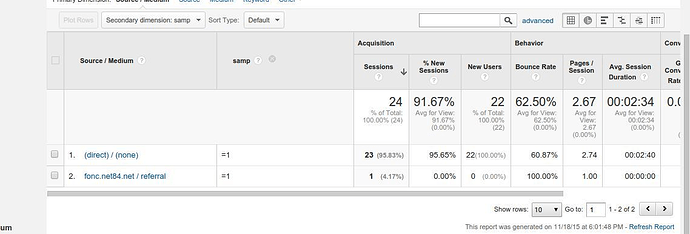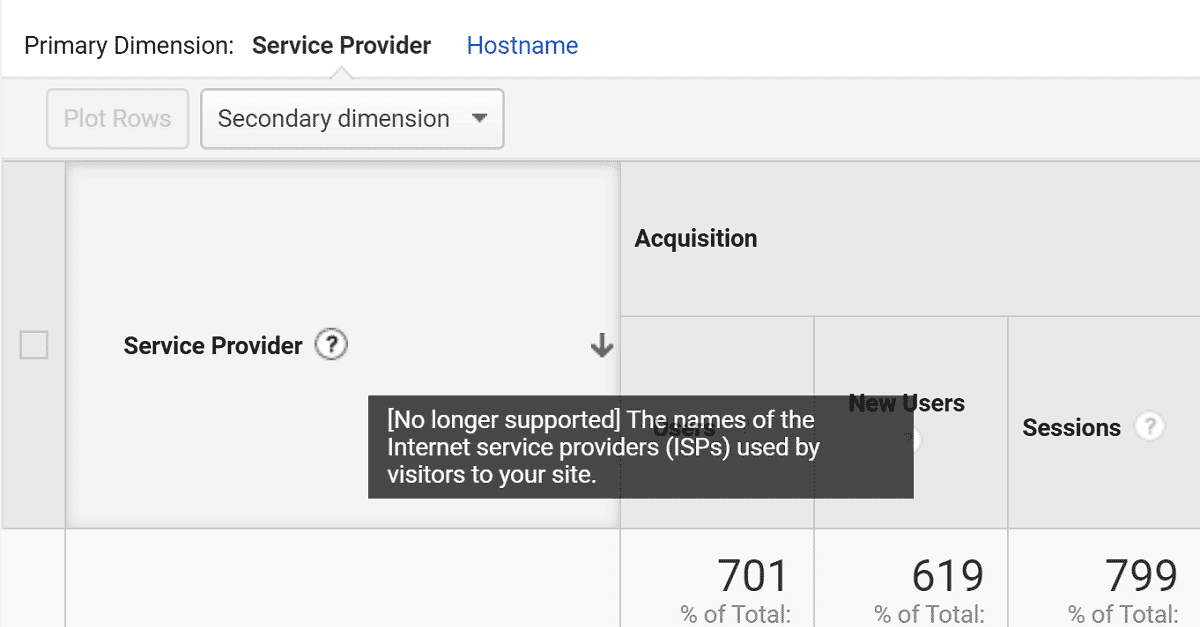Browsing the Midst of Second Dimension in Google Analytics: A Comprehensive Exploration on Its Performance
Additional dimensions, though relatively simple at initial glimpse, harbor a riches of untapped prospective waiting to be taken advantage of. As we embark on this trip to explore the nuanced performance of second measurements, we will certainly uncover just how this function can illuminate patterns, introduce correlations, and inevitably lead the method for educated decision-making in the digital landscape (what is a “secondary dimension” in google analytics?).
Comprehending Secondary Measurements in Google Analytics

Recognizing exactly how additional dimensions work is important for leveraging the full power of Google Analytics. These dimensions help you address more intricate questions regarding customer actions and the effectiveness of your site web content and advertising and marketing efforts. You can make use of additional measurements to assess which devices or web browsers are most generally used by site visitors who make an acquisition, or to contrast the bounce rates of different web traffic sources. By combining key metrics with secondary dimensions, you can obtain important understandings that drive informed decision-making and optimization methods - what is a “secondary dimension” in google analytics?.
Leveraging Additional Measurements for Data Analysis
Structure upon the foundational understanding of exactly how second dimensions enhance information evaluation in Google Analytics, the usage of these extra layers of info comes to be vital in removing beneficial understandings for notified decision-making and optimization techniques. By leveraging additional measurements, experts can delve deeper into the efficiency metrics by including even more context to the key dimensions, hence discovering concealed patterns and relationships that could not appear at initial look. This deeper level of evaluation allows services to much better comprehend individual actions, recognize fads, and identify areas for improvement.
Moreover, additional measurements provide an even more comprehensive sight of the information, enabling for segmentation based on different criteria such as demographics, devices, web traffic resources, and much more. This division assists in an extra granular analysis, allowing businesses to tailor their methods and campaigns to specific audience sections for enhanced targeting and personalization. Essentially, the tactical use additional dimensions empowers companies to make data-driven decisions that drive growth and success in the electronic landscape.
Advanced Techniques for Additional Dimension Application
Exploring complex techniques to harness the full capacity of my explanation secondary measurements in Google Analytics raises the deepness and elegance of data evaluation for strategic decision-making. One sophisticated technique for carrying out second measurements is the usage of personalized measurements. Furthermore, combining secondary dimensions with innovative sections can give also more granular insights by using several layers of segmentation to the information.
Interpreting Insights With Second Measurements

When analyzing insights via additional measurements, it is important to think about the context of the data and just how various measurements interact with each various other. Understanding which details website traffic sources lead to greater conversion prices or identifying which gadgets customers favor for making acquisitions can give workable understandings for enhancing advertising campaigns and improving overall web site efficiency. By very carefully checking out the information with secondary dimensions in mind, companies can make educated decisions that drive meaningful outcomes and enhance their digital existence.
Enhancing Efficiency With Additional Measurements

One crucial method to optimize performance with second measurements is by segmenting information more granularly. This permits you to isolate certain variables that might be influencing your metrics and get a better understanding of what drives success or failure in your electronic efforts. For instance, by combining second dimensions such as 'gadget group' and 'landing web page,' you can identify which tool kinds are most efficient for certain touchdown pages, allowing you to customize your techniques appropriately.
Additionally, utilizing second dimensions can aid you identify patterns, patterns, and connections that may go right here not be evident when examining data with primary measurements alone. This deeper degree of evaluation can result in more informed decision-making and inevitably boost the overall efficiency of your web site or digital marketing campaigns.
Final Thought
To conclude, additional dimensions in Google Analytics play a vital role in improving information analysis and supplying much deeper insights into website efficiency. By using advanced strategies and analyzing the information properly, organizations can enhance their strategies and boost overall efficiency. Recognizing the performance of additional measurements is essential for making educated decisions and driving success in the electronic landscape.
By leveraging additional measurements, experts can delve deeper right into the performance metrics by including more context to the main dimensions, hence revealing concealed patterns and connections that may not be apparent at very first glance. One innovative strategy for carrying out secondary measurements is the use of personalized measurements.Having grasped innovative strategies like custom measurements and regex for additional dimension implementation in Google Analytics, the following important step is analyzing the useful understandings derived through these sophisticated information segmentation approaches. Translating insights via second measurements involves examining the relationships in between the secondary and key dimensions picked, discovering patterns, fads, and correlations that might not be immediately noticeable when looking at the data in its entirety.When translating understandings via secondary measurements, it is important to take into consideration the context of the data and just how various measurements engage with each various other.